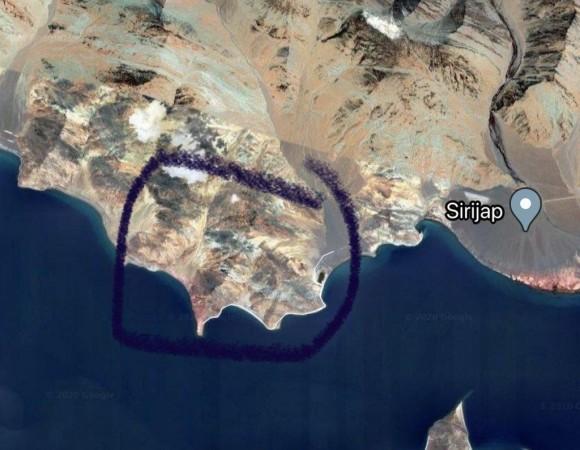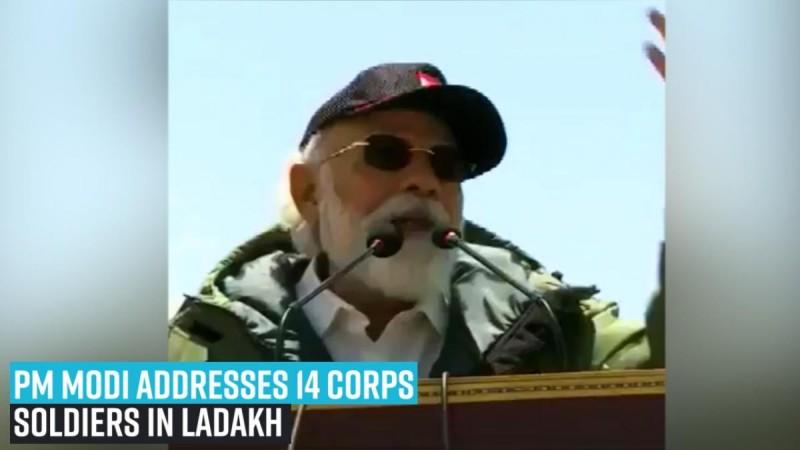
In the first signs of the Lieutenant-General-level talks for disengagement showing results, the Chinese side have pulled back troops by at least 1-2 kilometer along the disputed Line of Actual Control (LAC) in the tense Galwan river valley in Ladakh, where 20 Indian jawans were killed in action in one of the worst clash with Chinese troops on June 15.
Reportedly, the Indian soldiers have also withdrawn its soldiers and a buffer zone has been created between the troops of both India and China to avoid any escalation. The buffer zone is equidistant from both sides, according to reports.
News agency ANI reported that China has also moved back tents, vehicles, and removed structures from the area. However, Chinese heavy armoured vehicles are still present in-depth areas in Galwan river valley area.
Indian Army sources have also confirmed saying that the Army is monitoring the situation with caution. "We will need to wait to see if this is a lasting, genuine disengagement," said an official.
On Indian troops pulling back,
The Indian troops have withdrawn without giving up on any territorial claim, with the purpose of separating the two sides by a certain distance on a mutual basis to create sense of confidence as the process of disengagement takes place.
PM Modi's surprise visit to Ladakh

Three days after Prime Minister Narendra Modi visited Ladakh's forward post, the pull-back reports have emerged. In a clear warning to China without naming it, Prime Minister Narendra Modi, while at Leh, said that the "age of expansionism is over."
Addressing Indian soldiers at one of the forward positions in Nemu sector of Leh in Ladakh, PM Modi said, "The age of expansionism is over, this is the age of development. History has been witness that expansionist forces have either lost or were forced to go back."
This assertion by PM Modi in the Ladakh region is extremely significant given the ongoing tension at the LAC with China in eastern Ladakh, barely 18 days after a violent stand-off.









